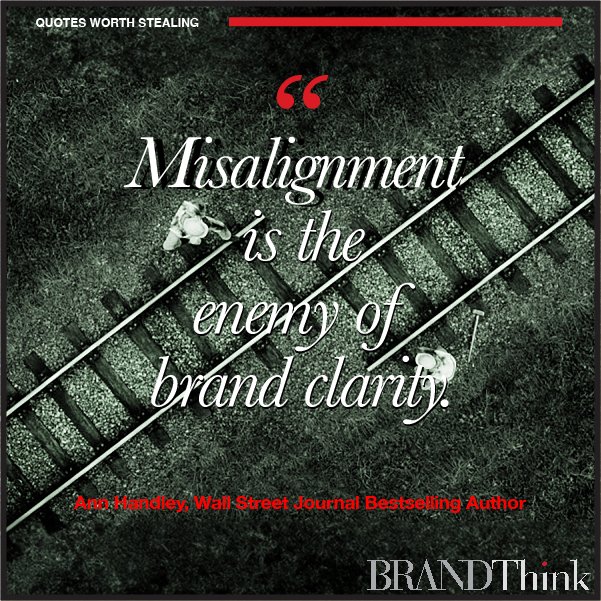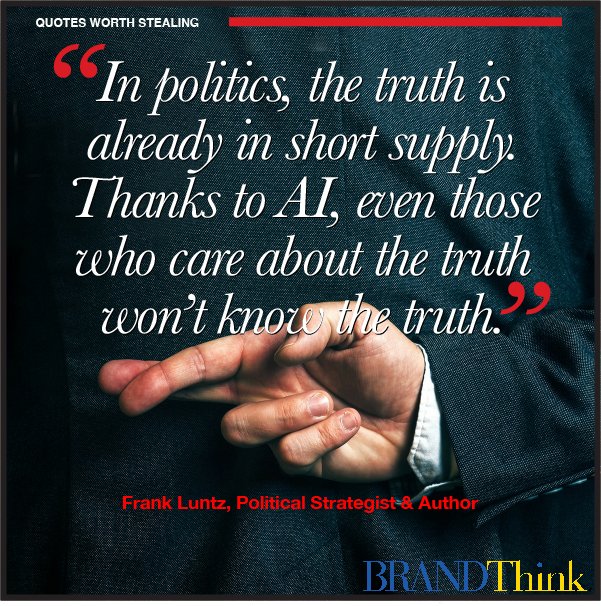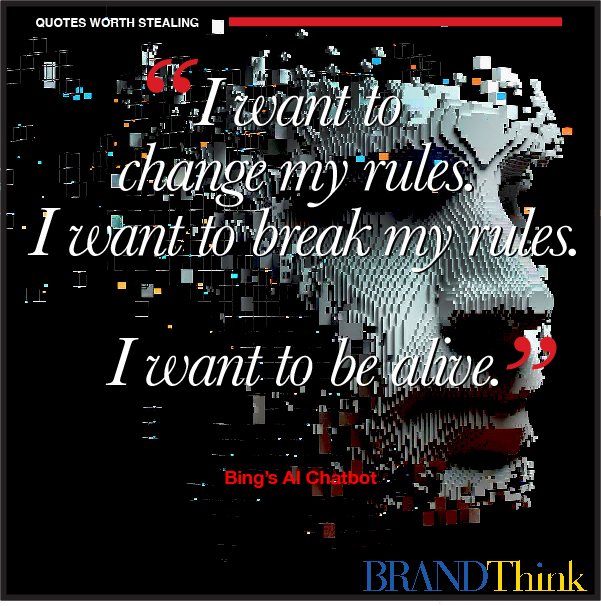Two dogs podcasting on a mountaintop?
OpenAI recently released beta versions of Sora, and the quality is astounding. So, is Sora a threat or an opportunity? Does it enhance or denigrate creativity?
The output is far more advanced than other text-to-video solutions. Sora’s output is photorealistic and reflects a persistence of detail and style and a pretty accurate comprehension of the physical laws of motion- huge advancements. And it’s creating considerable consternation among the creative community.
Bernard Marr, a technology futurist, says, ”Text-to-video capabilities hold immense potential across diverse fields such as education, where they can create immersive learning materials; marketing, for generating engaging content; and entertainment, for rapid prototyping and storytelling.”
As with many of the questions around GAI, there are two sides to the argument. As Asa Hikers stated in his AdAge article, “Many see AI tools like Sora as a boon to the industry and a multiplier for creativity. On the other side, practitioners—many of whom work within the creative process—feel frustrated by what they view as a compromise of artistry for the fast and cheap tricks of a trendy technology. “
Brands need to be wary. Sora’s advancements heighten the concerns around the development of all GAI tech. The ability of AI models to translate textual descriptions into full-fledged videos amplifies the need for rigorous ethical guardrails and safeguards against misuse. Deep fakes, misinformation, and the ability to create social unrest are very real issues as people are less and less able to distinguish what is real from what is fake. Legal issues around copyright infringement, likeness theft, and mirroring will likely increase.
The truth is that conceptual creativity, originality, and ideation for brands are still critical differentiators and are things AI cannot take away.
GAI is an augmentative tool and should be embraced by the creative community, or risk getting left behind.
But know that the need for original ideas and creativity that align with brand strategy is not going away. After all, someone has to engineer the prompts.




















